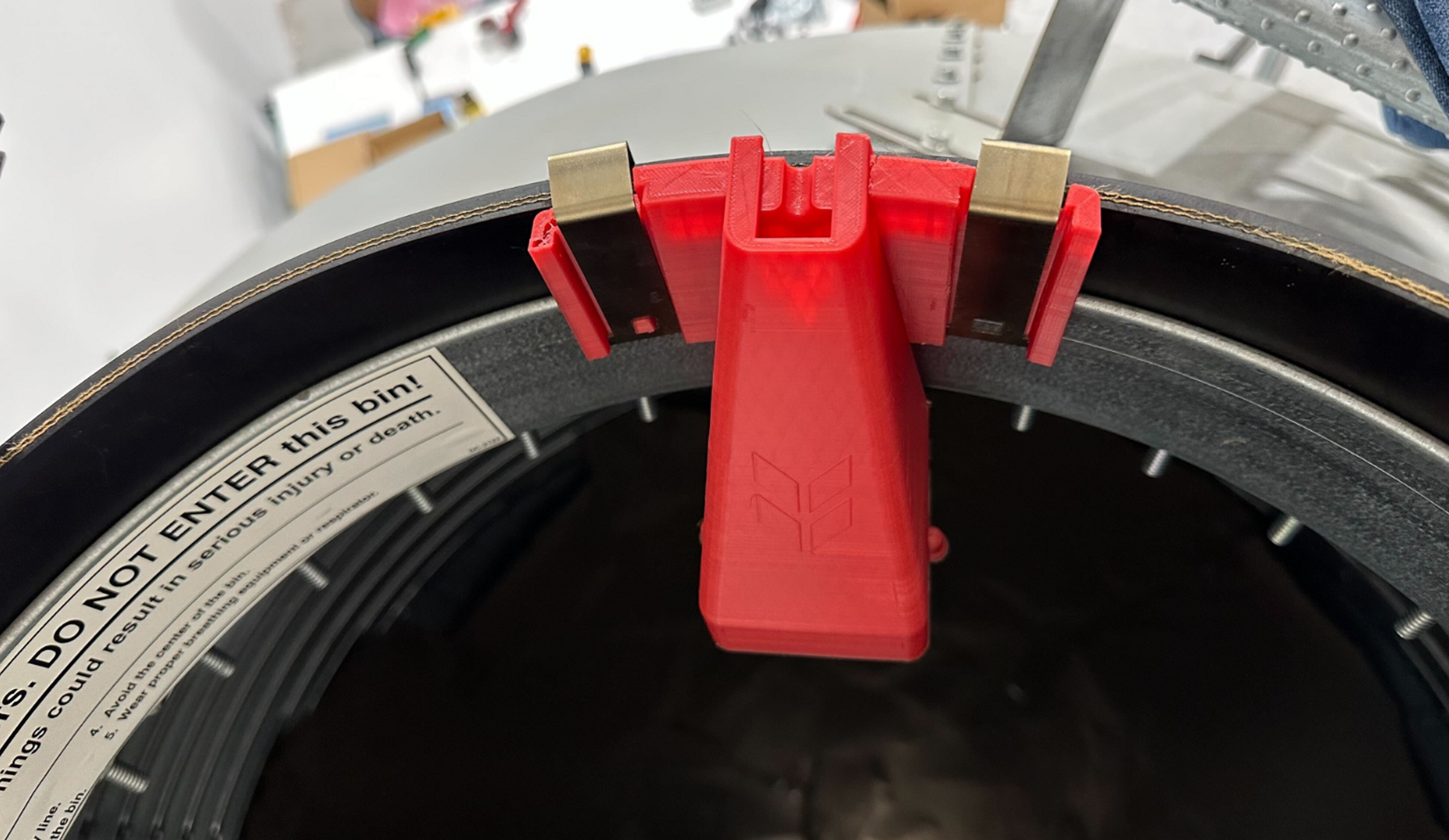Comparing Wireless Feed Sensors to Other Measuring Methods
March 8, 2023 | Blog
Maddy McGarry
Product Marketing Manager
Traditionally, growers have used manual methods such as visual inspection or weighing to measure the feed quantity and quality. However, these methods are time-consuming, labor-intensive, and prone to errors. With wireless feed monitoring technology promising to revolutionize the way growers measure feed intake, it’s important to consider how wireless feed sensors compare to other methods of measuring feed, such as load cells or visual inspection.
Manual Inspection
Visually inspecting feed bins by climbing ladders or manually pounding on the sides of the bin are the most basic methods of measuring feed intake. This method is essentially free and easy to use, but it is highly subjective and inaccurate. Visual inspection also requires constant attention and can be affected by external factors such as lighting, weather, or animal behavior.
Load Cells
Load cells are a widely trusted tool for measuring feed due to their high accuracy and reliability, making them the gold standard for many growers. However, they can be expensive to purchase and install, which may not be feasible for all growers. Load cells also require additional setup and calibration, and they typically cannot send data to your phone without extra technology. Despite these drawbacks, load cells like BinTrac remain a valuable tool for growers to accurately monitor feed. Growers already using BinTrac can wirelessly connect their load cells with the BarnTalk Gateway to view real-time feed levels and configure low feed warning alarms.
Wireless Feed Sensors
Wireless feed sensors, on the other hand, offer several advantages over load cells or visual inspection. Wireless sensors use LoRa “long range” radio waves or Bluetooth technology to transmit data from the feed bins to a central database or cloud-based platform. This means that growers can monitor feed levels and intake in realtime, from anywhere.
Wireless sensors are also highly accurate, with error rates of less than 5%. They are easy to install, operate, and maintain, and they can be integrated with other farm management systems such as alarm systems, animal health platforms and controllers.
Wireless feed sensors can provide additional information beyond feed intake, such as feed quality, moisture content, or temperature. This data can help growers to optimize their feeding strategies, reduce waste, and improve animal performance. Wireless sensors can also detect anomalies or trends in feed intake, which can signal health issues, stress, or other problems in the herd.
Comparing wireless feed sensors to other methods of measuring feed reveals that wireless sensors are the preferred choice for growers who want to improve their feed management practices. While load cells and visual inspection have their advantages, wireless sensors are comparably more affordable and easier to install. Wireless sensors are also becoming more affordable and accessible, thanks to advances in technology and competition among suppliers. By adopting wireless feed sensors, growers can increase their efficiency, reduce their costs, and enhance the health and welfare of their animals.
Connect with an Expert
Related Resources
The Benefits of Wireless Feed Bin Sensors for Growers and Integrators
For pig and poultry growers, traditional feed monitoring methods have long been the standard, with growers relying on guessing the volume of feed in the bins.
